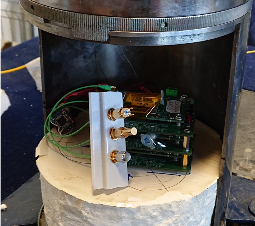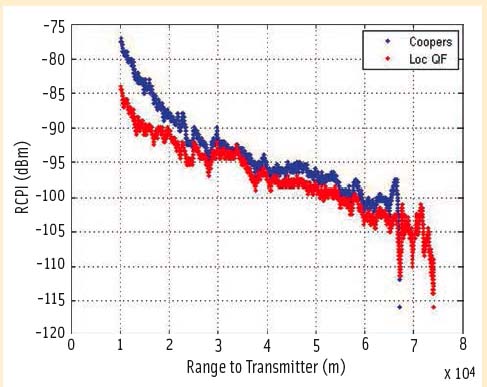A low-cost, commercial off-the-shelf (COTS)-based, Precise Point Positioning (PPP), multi-constellation, multi-frequency GNSS receiver for micro and small satellites allows ≤10 cm positioning accuracy on a low-Earth orbit. OrbFIX, a GNSS receiver designed for space, can produce high-precision positioning in the vital low volume, mass and power consumption required for small satellites. At the same time, it is being produced for low cost, making it affordable despite its advanced technology.
The activity under the European Space Agency’s (ESA’s) General Support Technology Programme (GSTP) Element 1 involves Romanian InSpace Engineering (RISE), has developed a GNSS receiver based on COTS components that can achieve positioning accuracy to less than 10 cm without trading a loss in robustness.
Space-grade GNSS receivers, with varying degrees of functionality have been available on the micro- and small-satellite market for several years. The demand for such systems derives from their applicability to precise formation flying and position, velocity and timing (PVT) correlated measurements in a spatially distributed network.
The in-orbit demonstration (IOD) potential of these satellites makes them ideal for experimental missions testing for close orbital maneuvers, for collision avoidance as safety procedures and also for docking. Once demonstrated, these technologies open up new possibilities for de-orbiting, in-orbit servicing applications, close-orbit monitoring and inspection of large targets (i.e. ISS) and even fragmented spacecraft.
As these small satellites are used more and more for in-orbit demonstration they are being used in experimental missions, testing for close orbital manoeuvres, for collision avoidance, safety procedures and even docking. All technologies that, once working, could open possibilities for deorbiting, in orbit servicing and more.
The increase in the number of missions requiring such precise position, velocity and timing determination, along with the decrease in the size of these missions has led to more demands for smaller, cheaper and higher performing GNSS receivers for space.
After successfully concluding the Preliminary Design Review, the vreceiver was tested to withstand radiation, in a thermal-vacuum chamber, in a stratospheric balloon and in a GNSS simulator, replicating operations in a Low-Earth Orbit. Algorithms for low power, artificial neural networks–based positioning and for precise point positioning modes have also been developed and integrated. Next, the OrbFIX receiver will be developed up to TRL 8, going through critical design, testing and qualification procedures.






